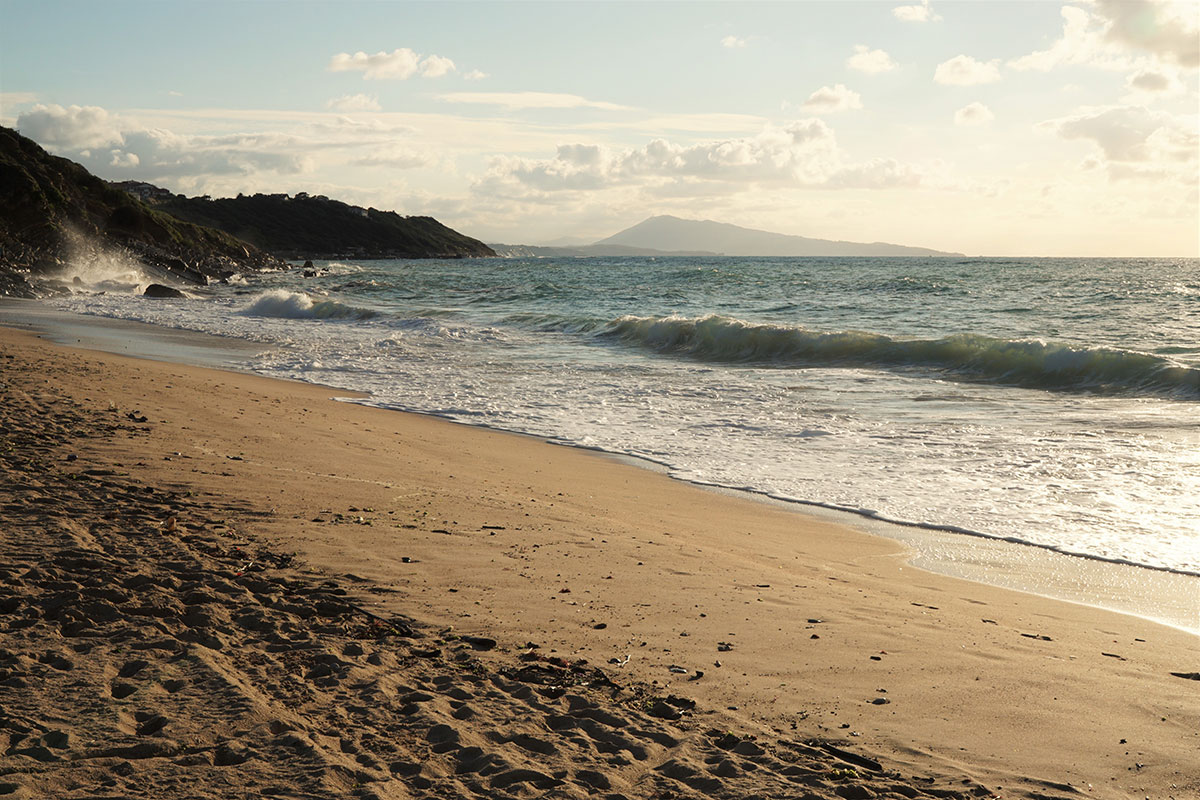Folklife Friday is a weekly digest of arts and culture articles, podcasts, and videos from across the web. Read on for a selection of the week’s best cultural heritage pieces, and don’t forget to check back next Friday for a new set of weekly picks.
All Desert Islands Are the Same
In this richly layered piece, writer Manuel Vázquez Montalbán assumes the role of a castaway—one reflecting on culinary masterpieces, the written word, and the intersection between the two. Montalbán considers the many splendors of bacalao al pil pil, a Basque dish made from salt-dried fish, garlic, and dried choricero peppers. “And if, some day, O reader of this castaway’s missive, you should ever find yourself before a plate of bacalao al pil pil,” he writes, “…Remember the spoonfuls, not so much eaten as lived, the ambrosia that lay in each one.”
For more, see a recipe for bacalao al pil pil from the 2016 Smithsonian Folklife Festival.
Rhiannon Giddens Speaks for the Silenced
For folk singer Rhiannon Giddens, discovering the African roots of the banjo on a visit to the Gambia was a wholly transformative moment. “This instrument right here, born in Africa, but then made in America and then altered by white America—that’s the story of so much of our music,” she explains. In this piece, the singer and violinist discusses her new solo album Freedom Highway and her work to create an “of now” voice for the new collection. “I really feel like one person can make a huge difference, if they just believe what their heart tells them.”
Kenya in Another Tongue
“Why was most so-called African literature written in European languages?” It’s a question Kenyan writer Ngũgĩ wa Thiong’o explored at a 1962 conference and one that forms the basis of this commentary in the New York Review of Books. In it, Namwali Serpell traces Ngũgĩ’s career, imprisonment, and decision to write in Gĩkũyũ, his mother tongue. “For him, language is a means of communication and a carrier of culture. On one hand, language reflects reality and literature holds a ‘mirror’ to the world. On the other, language creates reality and ‘communication creates culture.’”
Why You Should Be Reading Poet Layli Long Soldier
In this review of Whereas, a new collection of poems from Oglala Sioux writer Layli Long Soldier, John Freeman of the Los Angeles Times considers the gravity of Long Soldier’s work. “She has rubbed two languages together and made their shared silences into gravel,” he writes, “paving a perch from which a reader can see clearly.” Through her poetic verse, Long Soldier sheds new light on an opaque history and acts as a “lexicographer of metaphor.”
How I Solved It: New York or Lahore?
“New York was my present, Lahore was my past, and a future without either felt inconceivable,” Mohsin Hamid writes in the New Yorker. For Hamid, an author torn between two worlds, it was only in putting off the decision of where to live that he eventually found his home. “The secret to flying is throwing yourself at the ground and missing,” Hamid says, citing Douglas Adams’ Hitchhiker’s Guide series. “Whether to live in Lahore or New York was an impossible question. How to live so I could spend meaningful time in both was not. Journeying between them was my answer.”
Special thanks to editors Elisa Hough and James Deutsch and to Michael Mason for their contributions to this week’s digest.


